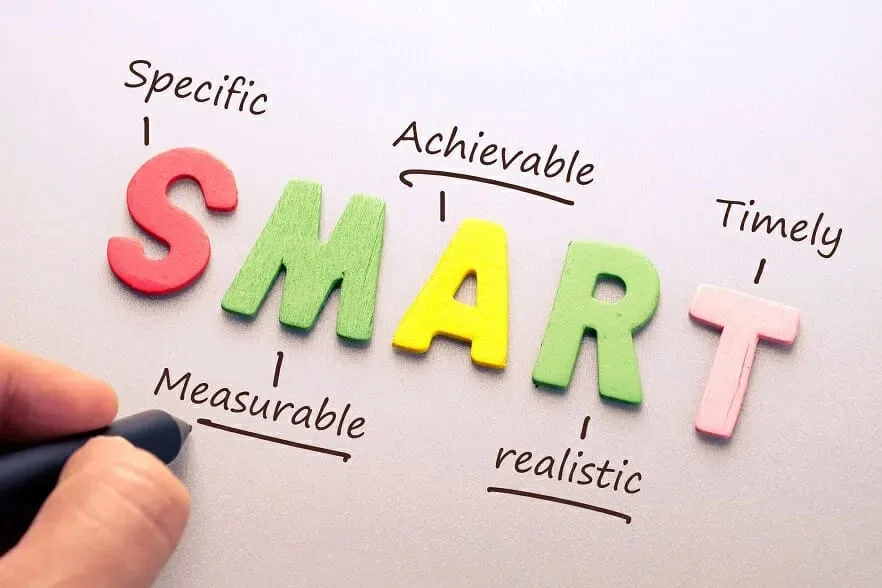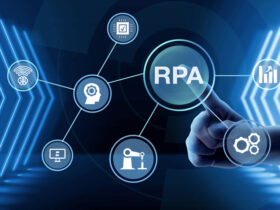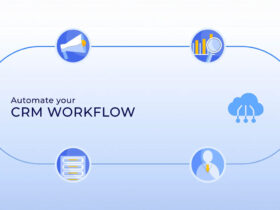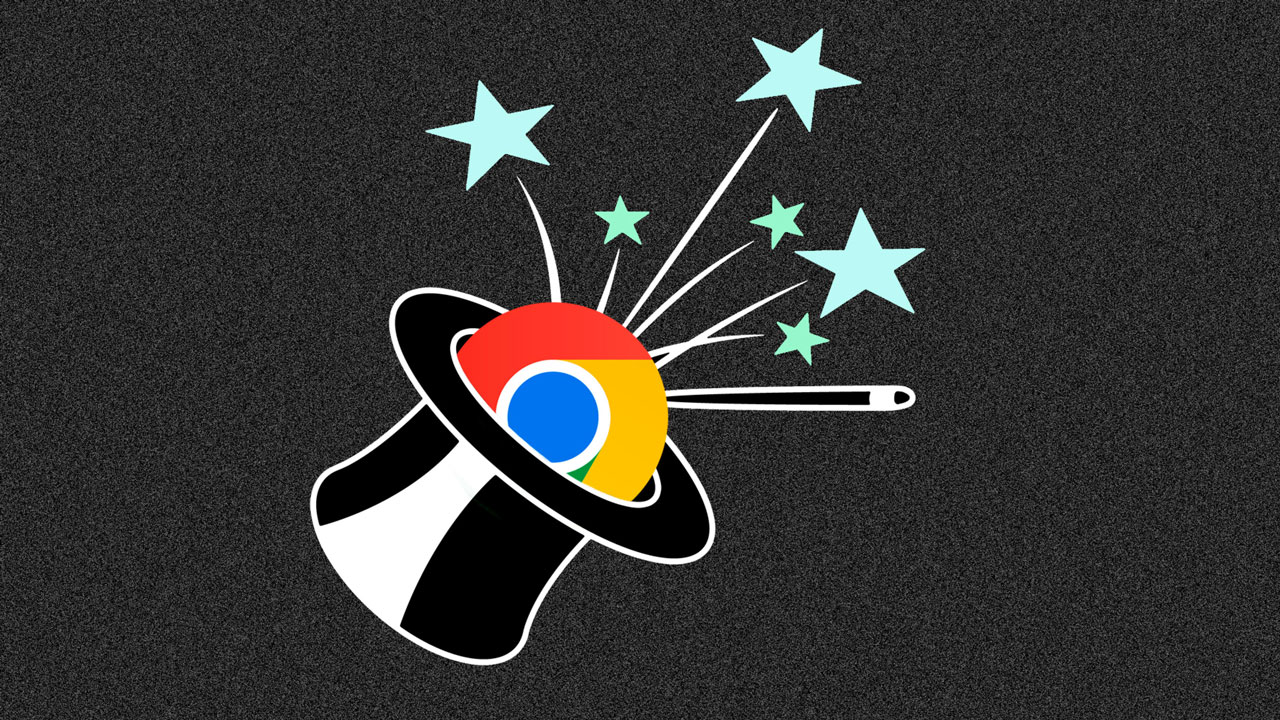As an HR leader, you’re still diligently finding and creating good ways to manage employee performance in the workplace, while ensuring they align with the company’s overall goals to help employees succeed.
So what are you waiting for, read our article to find out what is most important for your company.
What is the Performance Management Cycle?

In the old days, performance reviews happened once a year. A worker would meet with their boss at the beginning of the year to set goals, and then 12 months later, they’d talk about how they did. Here’s what usually happened:
- Plan: Setting clear and achievable goals, and making plans for getting better at their job.
- Act: The employee works on reaching their goals, with regular help and advice from their boss and the company.
- Track: Employees keep track of their progress as they work towards their bigger goals.
- Review: The manager and employee have a formal meeting to talk about how things went, and decide if they need to change or keep the same goals.
- Reward: Employees who did a great job get recognized with things like a bonus, a raise, a promotion, more freedom to do their work, or awards.
What Factors Can Affect Employee Performance?
Managing employee performance isn’t just about changing how bosses and employees talk to each other. There are other things that affect how well each employee does their job.
Corporate Culture
Corporate or team culture are both important factors that influence how employees work, including how their performance is managed.
Your company culture is about what it values, focuses on, and rewards. If employees are aware of what their company or department prioritizes and values in the workplace, they will automatically spend more time there, even if it doesn’t help them do their job. better job.
Therefore, if you focus on supporting employee development, it shows that you care about what each employee brings to the table and want to invest in them.
Remember that not everyone in your company has the same culture. Different teams and locations might have their own smaller cultures, each with their own norms and values.
Recognition
Giving employees recognition is important for managing performance well. Acknowledging and appreciating their good work and how they contribute to the company makes them feel confident and proud. This boosts their morale and makes them want to work even harder to improve.
You can make recognition a part of your company’s culture by including it in regular meetings. For example, have shout-outs during team meetings and encourage people to thank each other for their work.
Development Opportunities
Being able to move forward and grow in their careers is a big motivator for employees. When people feel supported in reaching their career goals, they’ll be more involved in their work and do better.
Think about creating a talent marketplace inside your company to help people move to new positions. This lets you show opportunities to your team, keep track of everyone’s skills, and help employees figure out what they need to learn to reach their goals.
Clear Goals
For the best results, good goals start with the company’s overall plan. To make sure everyone is working towards the same thing, the leadership team needs to set clear goals and explain what’s most important for the business.
With help from HR, department heads can then take these goals to their teams and work together to figure out how they can contribute to the company’s success. This process continues until managers can take their team’s goals and work with each employee to set individual goals. But this only works if you have clear goals to begin with.
5 Useful Practices to Manage Employee Performance
You can’t know if things are getting better unless you track them with clear numbers. Follow these tips to measure and manage employee performance.
Specific and Clear Expectations
One of the best ways to know if employees are performing well is to check to see if they are achieving their goals. However, you need to be aware that there is a disconnect and mismatch between what managers expect and what employees want to do, which can hurt your results.
Therefore, make sure managers and employees are on the same page about what is expected.
Using SMART Goals

SMART goals are clear, can be measured, are doable, matter to the job, and have a deadline. Making goals like this makes it easier to track progress. Have employees clearly state their goals and what they plan to do to reach them.
Building Measurable OKRs
Objectives and key results (OKRs) are a way to set different goals over 3 months. It helps you clearly define what you want to achieve and the tools to help you know whether you have succeeded or not.
In OKRs, outcomes are specific events, results or milestones that, when achieved, your goal is also accomplished. Finding the right key results for each goal will help you easily measure your performance.
Measuring Employee Performance
Metrics are both numbers and descriptions that managers and employees agree on to see how well someone is doing their job. These metrics will be different for different companies and jobs.
Typically, employee performance metrics will help you see how effective a person is at work, the percentage of mistakes they make (or prevent), or the revenue they bring in for the company. . For best results, be clear about what you’re tracking and how you’ll measure it.
Apply Performance Management Software
Information from performance reviews and metrics can be hard to gather and understand by hand. Performance management software can make it easier to collect this data automatically and help you analyze it over time.
The best part is, you can see if performance is getting better, staying the same, or getting worse without having to wait until the review period is over. The software can also give managers templates and tips to help them understand the data, make good decisions, and manage employee performance.









